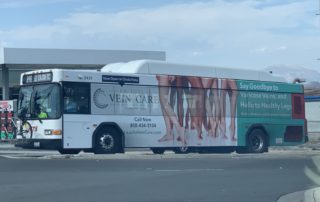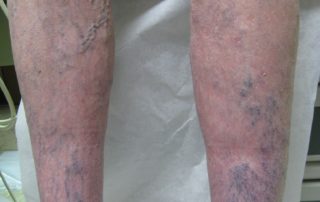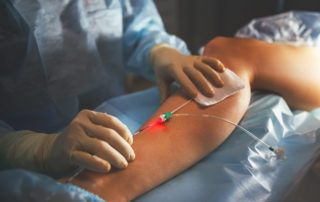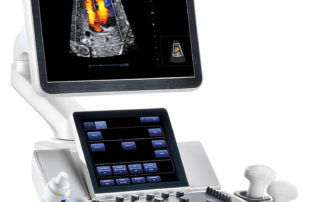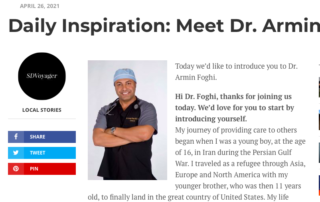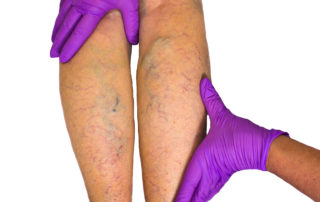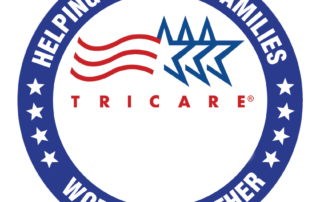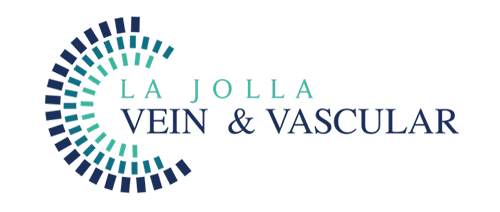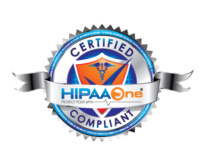La Jolla Vein Care Doctors Make History, First to Use Live Stream Teaching in San Diego
On Tuesday, January 18, 2022, La Jolla Vein Care doctors were the first in the region to utilize a special type of live streaming technology to teach other physicians. Over a hundred physicians around the globe dialed in to watch Dr. Armin Foghi of La Jolla Vein Care perform endovenous laser ablation (EVLA) procedures using […]

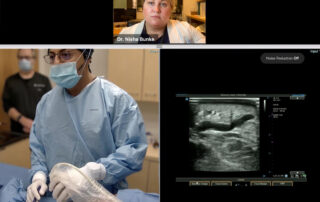

 Avanta IPA
Avanta IPA
